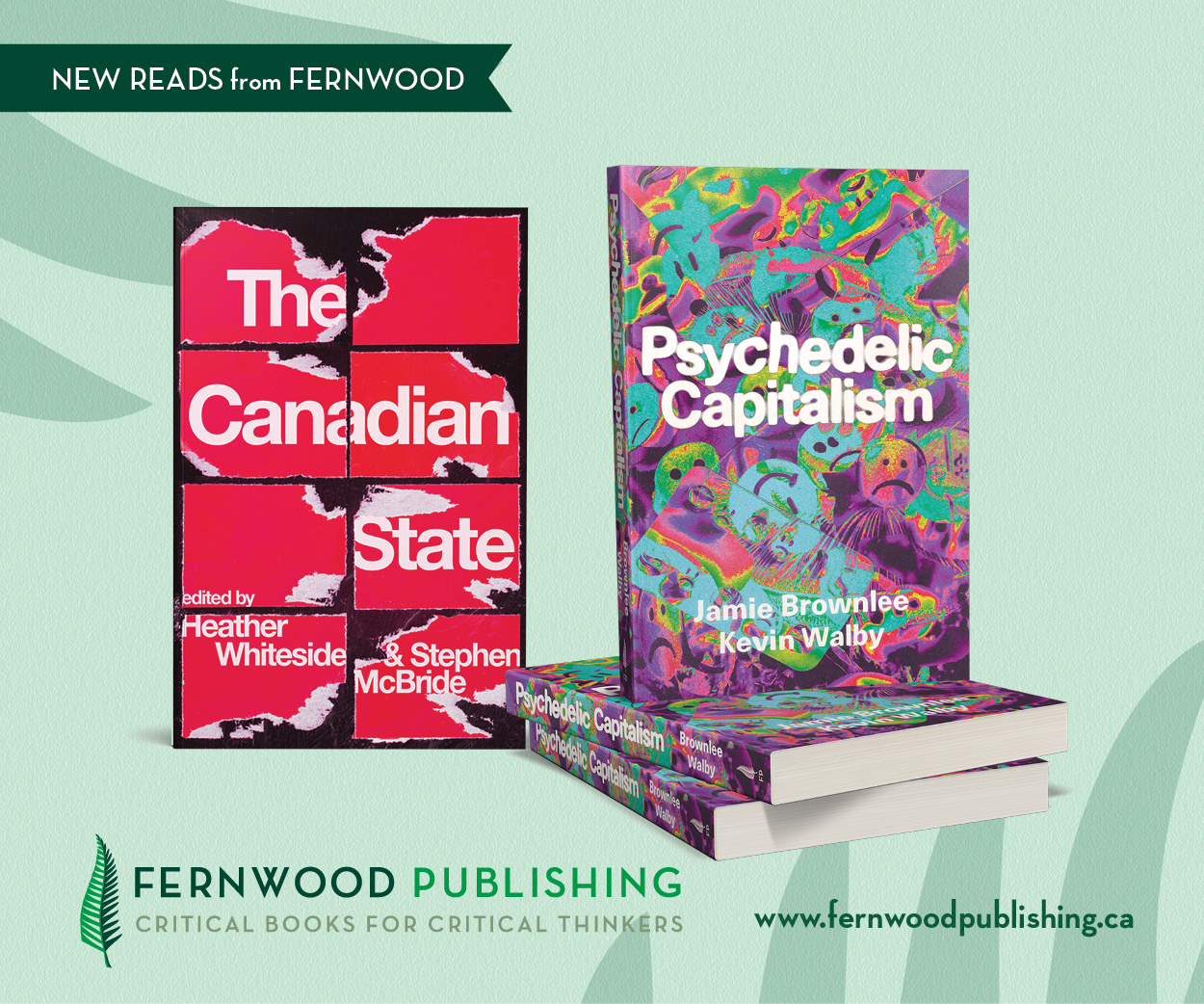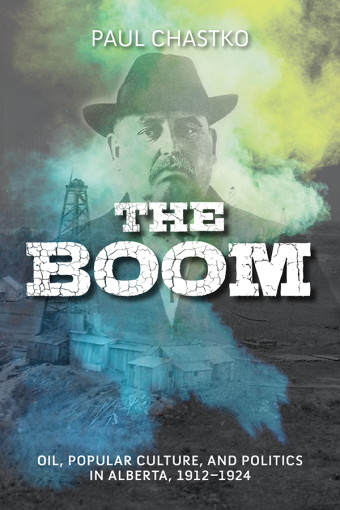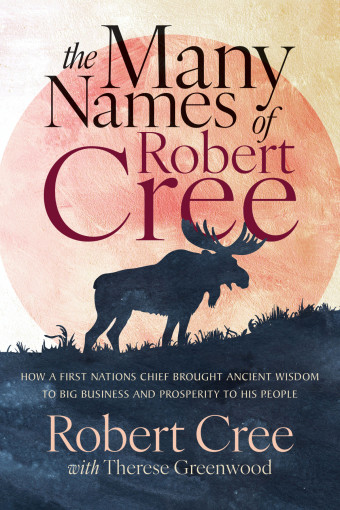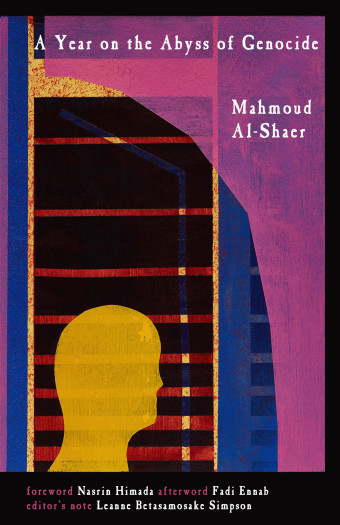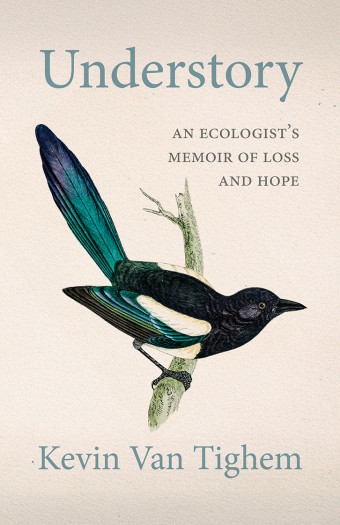Dr. Sabrina Reed, an English professor at Mount Royal University in Calgary, gives academics and non-academics alike a fascinating look at the oeuvre of a celebrated Canadian writer. In Lives Lived, Lives Imagined: Landscapes of Resilience in the Works of Miriam Toews, Reed uses interviews with Toews, as well as the writings of others, to take an insightful look at Toews’s exploration of resilience.

- Lives Lived, Lives Imagined
- Sabrina Reed
- University of Manitoba Press
- $27.95 Paperback, 264 pages
- ISBN: 978-17-72840-09-4
Reed’s research considers intersections between Canadian literature and critical disability studies. “Originally, I came to critical disability studies via an interest in how mental illness is portrayed in literature, and because of my teaching and research in Canadian literature, my interest focused there,” she explains.
The subject of mental illness crops up in most of Toews’s books. Portrayals of depression and suicide reflect some of the events of Toews’s life, although Reed points out that Toews’s writing transcends biography. Her overarching theme, Reed suggests, is resilience.
The concept of resilience is having its moment in the sun, thanks to the ongoing pandemic. “I started working on the monograph officially in 2019, but I had been giving papers on Toews’s work for many years before that,” Reed says. “COVID-19 made me reflect on the idea of resilience in the general population, since COVID required resilience of us all.”
Another impact of the pandemic was that Reed’s scheduled interview with Toews was held online rather than in person.
When she started to think about her book project, Reed asked herself what themes from Toews’s work resonated with her and other readers. “The main themes came first,” she says, “and then I thought of how each theme was linked to Toews’s ongoing discussion of resilience in the face of trauma.”
Reed discerned four themes: home, escape, resilience in the face of (specifically Mennonite) structures that keep people “in their place,” and the use of autofiction to rebuild and repair. Each theme is discussed in depth, with perceptive references to eight of Toews’s compassionate, brilliant books. Reed concludes her study by showing how Toews’s most recent novel, Fight Night, ties these themes together with its focus on relationship.

Reed discusses how Toews uses autofiction for self-expression and self-discovery, but there are other ways of dealing with trauma. “For those of us who are drawn to written language, writing is an excellent release, and also a way of clarifying thought processes and feelings,” she says.
“But counselling techniques such as EMDR [eye movement desensitization and reprocessing therapy] and cognitive behavioural therapy provide other methods for dealing with trauma. For some, experiencing healing through bodily relaxation techniques or through systematic desensitization works best.”
But Toews’s key strategy throughout much of her work is humour.
“Humour is often a way to maintain and foster resilience, and I think this is certainly the case for Miriam Toews,” says Reed. “As Elvira says in Fight Night, tragedy and comedy are linked and often difficult to disentangle from one another.
“In spite of all the pain in Toews’s life, she believes that there is humour in dark situations. Seeing the humour provides a source of resilience.”


